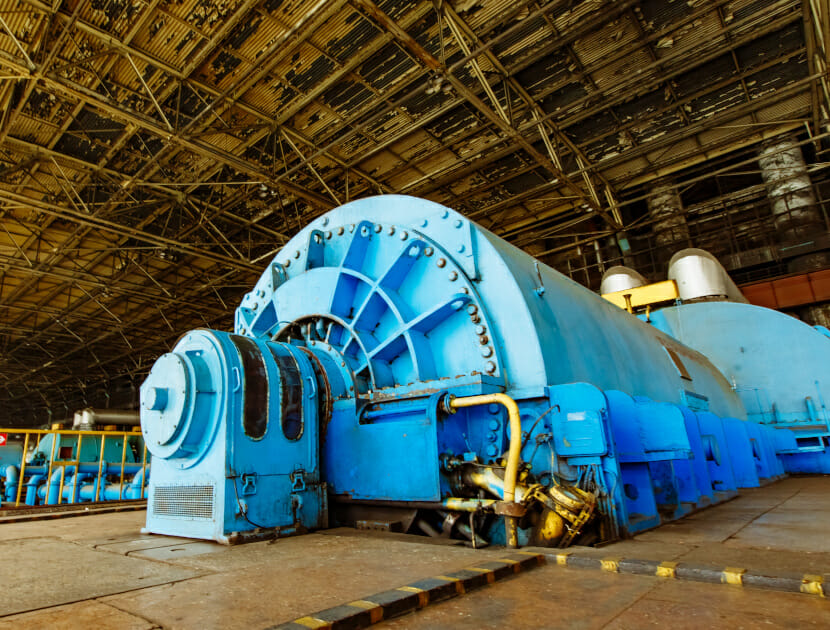Ben is a power plant electrical engineer and internationally recognised generator expert. Since joining Hawkins in 2018, Ben has specialised in major and complex electrical plant insurance losses with assignments in over 40 countries.
As well as working on failures for the insurance industry, Ben has acted as an expert witness in an international arbitration and regularly provides consultancy on generator issues to power plants.
Key areas of specialism:
- Generators (turbo, hydro and wind), and their auxiliary systems;
- Synchronous compensators / Rotating stabilisers / Large motors;
- Transformers (including bushings and on line tap changers);
- Wind turbine electrical systems;
- Solar PV plants;
- Switchgear and busbar systems;
- Power plant operation and maintenance (thermal and renewable);
- Power plant risk engineering;
- Quantum support on generator claims;
- Electrical equipment assessment following escapes of water;
- Generator fire investigation
Prior to joining Hawkins, Ben gained more than 15 years’ experience working in the power industry at Drax power station, followed by RWE and International Power (latterly GDF Suez and ENGIE). As part of these roles, he provided technical support to large fleets of power plants in the areas of high voltage equipment and general power plant risk engineering, both internally and in the case of RWE, also in the form of consultancy to third parties.
Ben has a Masters degree in Electrical and Electronic Engineering from Loughborough University, where he specialised in electrical power and renewable technology.







